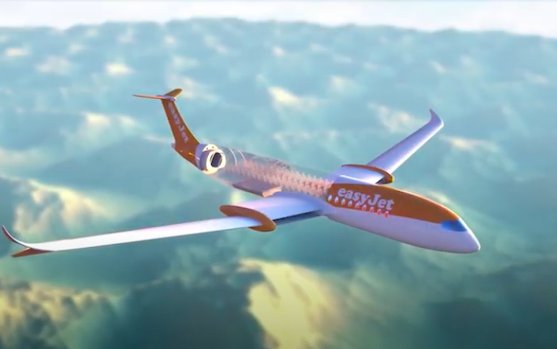A V inverter, also known as a virtual inverter, differs from traditional inverters by using advanced algorithms and software to control the conversion process. By using sophisticated control algorithms, the V inverter can provide higher efficiency and a more stable output than traditional inverters.

The V inverter has many advantages over traditional inverters, including reduced losses, improved efficiency, and better power quality. The reduced losses lead to a decreased need for cooling systems and lower energy costs. The improved efficiency allows for the use of smaller, more affordable components, which ultimately leads to lower costs and greater system reliability. Better power quality translates to a more stable output, which leads to a smoother operation of the connected equipment.
The V inverter is particularly useful in photovoltaic (PV) systems, which convert sunlight into electricity. In PV systems, the DC voltage generated by the solar cells needs to be converted into AC voltage to power appliances and other equipment. Traditional inverters rely on a fixed switching frequency to convert the DC voltage to AC voltage. This can lead to reduced efficiency and an unstable output.
On the other hand, the V inverter uses advanced control algorithms to achieve a variable switching frequency that adapts to the load conditions in real-time. This results in a more efficient conversion process and greater stability in the output voltage. The V inverter can also detect faults and mitigate them in real-time, which improves system reliability and reduces downtime.
Another application of the V inverter is in motor control. In electric motors, the speed and torque can be controlled by adjusting the frequency and voltage of the AC power supplied to the motor. Traditional inverters rely on a fixed switching frequency, which limits the control range and leads to reduced efficiency.
The V inverter, with its ability to adapt the switching frequency to the load conditions, provides greater control over the motor's speed and torque. This results in improved efficiency, reduced energy consumption, and better motor performance.
In summary, the V inverter is an advanced technology that provides significant advantages over traditional inverters. Its ability to adapt to load conditions and provide higher efficiency, stability, and reliability makes it a preferred choice in many applications, particularly in PV systems and motor control.
As the demand for energy-efficient solutions continues to grow, the V inverter is likely to become even more important in the years to come. Its ability to provide high-quality power conversion while reducing energy costs and improving system performance will undoubtedly make it a key technology for many industries.